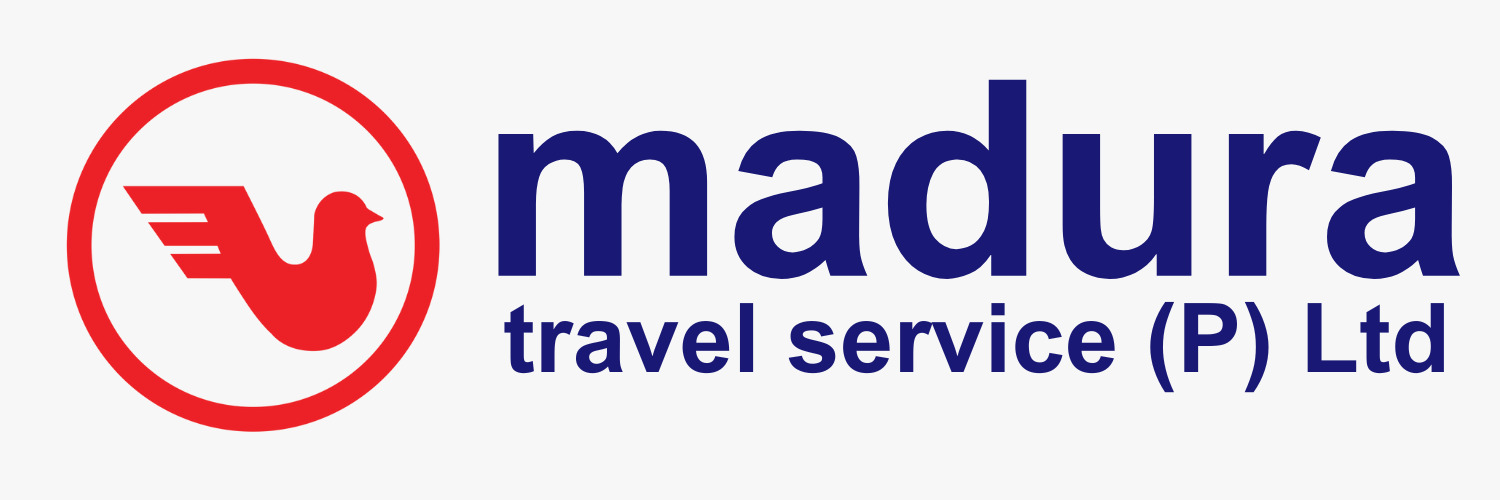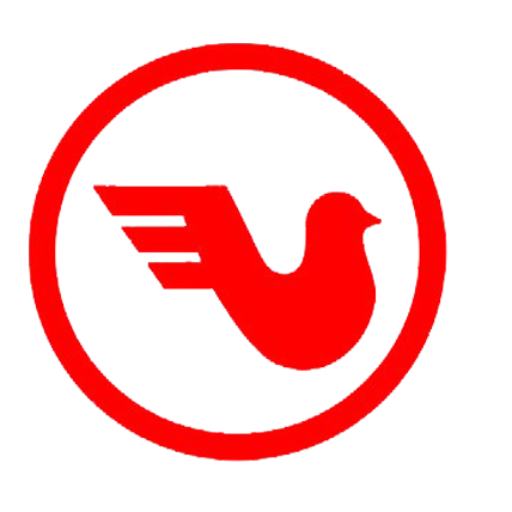Morocco, officially known as the Kingdom of Morocco, is a North African country that boasts a rich tapestry of history, culture, and natural beauty. Bordered by the Atlantic Ocean and the Mediterranean Sea, and sharing land borders with Algeria and the disputed territory of Western Sahara, Morocco’s strategic location has historically made it a crossroads of civilizations. This essay explores Morocco’s historical background, key political developments, socio-economic conditions, and its role in regional and international contexts.
Morocco’s history stretches back to prehistoric times, with human habitation evidenced by ancient rock carvings and artifacts. The region saw the rise of various Berber (Amazigh) dynasties and was significantly influenced by Phoenician, Roman, and later Islamic civilizations. The introduction of Islam in the 7th century profoundly shaped Morocco’s cultural and political landscape.
During the Middle Ages, Morocco was home to powerful dynasties such as the Almoravids, Almohads, and Merinids, which extended their influence over large parts of North Africa and Spain. These dynasties fostered a flourishing of arts, sciences, and trade, with cities like Fez and Marrakesh becoming renowned centers of learning and culture.




